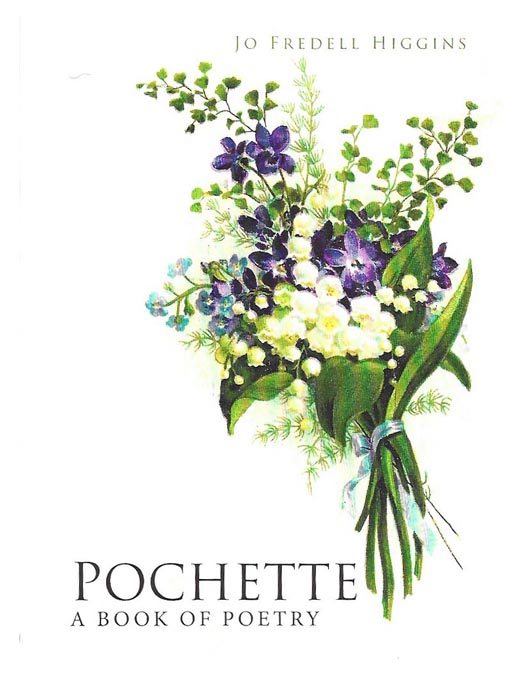

“When one has much to put in them, the day has a hundred pockets.” — Friedrich Nietzsche
It is always good to have clothing with pockets in them, isn’t it?
I love pockets!
Wearing a blazer offers two pockets and a place to put keys, lipstick, Vitamin C, a small comb. A purse can be a nuisance, but pockets take care of everything. I had a wool black skirt years ago with two deep pockets which I wore all the time. It was midi-length with a scalloped hem. I thought it was smashing!
The word appears in Middle English as pocket and is taken from a Norman diminutive of Old French poke, pouque, modern poche. Historically, the term pocket referred to a pouch worn around the waist by women in the 17th to 19th Centuries and mentioned in the rhyme Lucy Locket. In those pockets women would carry items needed for their daily lives, such as scissors, pins and needles and keys.
Ancient people used leather or cloth pouches to hold valuables. Otzi was called “Iceman” who lived around 3,300 B.C., used a belt with a pouch sew to it that contained a cache of useful items including a scraper, drill, flint flake, bone awl and a dried tinder fungus
In European clothing, fitchets resembling modern day pockets appeared in the 13th Century. Vertical slits were cut in the super tunic which did not have a side opening to allow access to purse or keys slung from the girdle of the tunic. According to historian Rebeca Unsworth, it was in the late 15th Century that pockets became more noticeable. During the 16th Century, pockets increased in popularity and prevalence.
In later European clothing, pockets were hung as though they were purses from a belt which could be concealed beneath a coat or jerkin to discourage pickpocketing and could be reached through a slit in the outer garment. Pockets began to be sewn into men’s clothing in the 17th Century, but not women’s. Women continued to tie on and hide them under the large skirts popular then. This difference continues today with men’s versions of the same size and type having bigger pockets.
A watch pocket or fob pocket is designed to hold a pocket watch. These are sometimes found in men’s trousers, waistcoats and in blue jeans. A besom pocket is found on a tuxedo jacket or trousers and may be accented with a flap or button closure.
Camp pockets, or cargo pockets, are pockets which have been sewn to the outside of the garment. They are usually squared off and are characterized by seaming.
I named my poetry book “Pochette” meaning little pocket of poetry. And I print two of those poems here for your enjoyment:
• Statues.” Alabaster formed. Standing tall. For only a while. Then crumbling to dust, Just like our affections. Did you know this was not meant forever? Did I know? Statues. Mute. Indefinable. Forgotten.”
• A Memory Poem. “Beginnings are new, unknown, full of noise. They engage all the senses. Full and rich and incomplete. Along the way, satisfaction settles softly, gently. And all that I behold is full of joy. Endings are known, accomplished, full of quiet.”
There are deep blue Corduroy pockets for you today filled with Spring sunshine and vacation ideas for a Summer’s afternoon.

